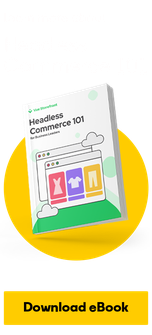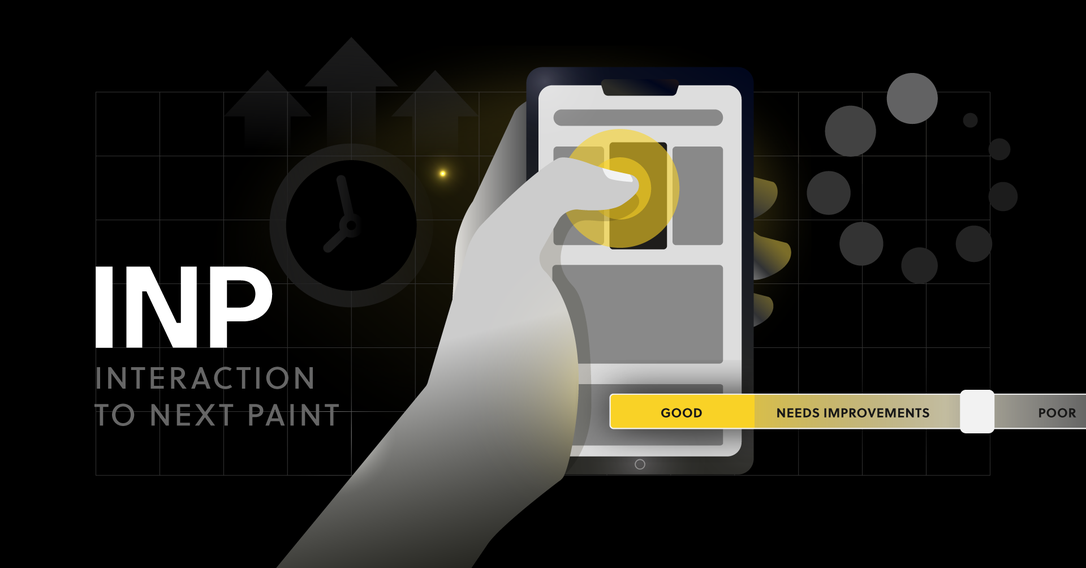6 min
December 19, 2023
Comparing Headless CMS and No-Code Website Builders: Unraveling the Distinctions
In the ever-evolving realm of web development, choosing the right tools can be a daunting task. Today, let's dive into the intricacies of Headless Content Management Systems (HeadlessCMS) and No-Code Website Builders to unravel the distinctions that set them apart.
Listen to the audio version of this article.
Headless CMS: Unleashing Flexibility
The headless approach has emerged as a game-changer, offering unparalleled flexibility to both developers and content creators. Unlike traditional CMS architectures, a headless CMS decouples the content creation and management process from the presentation layer, opening up a realm of possibilities for innovation and customization.
Content Structure Independence
One of the primary advantages of a headless CMS is its liberation from predefined content structures. Content creators can design and structure content independently of its display, allowing for more dynamic and adaptable content creation processes. This flexibility is particularly beneficial in scenarios where content needs to be repurposed across various platforms and devices.
API-Powered Content Delivery
Headless CMS operates on the principle of delivering content through APIs (Application Programming Interfaces). This means that content can be seamlessly distributed across a multitude of channels, from websites and mobile apps to IoT devices. The API-driven approach enables a unified content strategy, ensuring a consistent and engaging user experience across diverse platforms.
Scalability and Future-Proofing
Headless CMS is inherently scalable, making it well-suited for projects with evolving requirements. As the digital landscape continues to change, the headless architecture provides a future-proof foundation, ensuring that content can be adapted and delivered effectively as new technologies and channels emerge.
Optimized Performance
With the separation of content and presentation, headless CMS often results in optimized performance. By eliminating the need to load unnecessary code related to the presentation layer, websites and applications can achieve faster load times and improved overall performance.
Storyblok
Storyblok is a notable example of a headless CMS. Storyblok is a cloud-based platform designed to provide a flexible and scalable content management solution for websites and applications. It follows the headless CMS approach, allowing users to create and manage content independently of the presentation layer.
Here are some key features and aspects of Storyblok:
Content Blocks Storyblok structures content using a block-based approach. Content creators can define and organize content in modular blocks, making it easy to create dynamic and customizable layouts.
Visual Editor Storyblok offers a visual editor that allows users to see how their content will look in real-time. This feature enhances the content creation process by providing a live preview of how the content will be presented on the website or application.
Multi-Channel Content Delivery
With Storyblok, content can be delivered seamlessly across various channels, including websites, mobile apps, and other digital platforms. Its API-driven approach ensures consistency and efficiency in content delivery.
Localization and Internationalization
Developers can leverage Storyblok's APIs to integrate content into their applications. The platform provides RESTful APIs and SDKs for different programming languages, offering flexibility in development.
Developer-Friendly APIs
Developers can leverage Storyblok's APIs to integrate content into their applications. The platform provides RESTful APIs and SDKs for different programming languages, offering flexibility in development.
Versioning and Collaboration
Storyblok includes versioning capabilities, allowing users to track changes and revert to previous versions if needed. It also facilitates collaboration among team members by providing tools for workflow management.
Strapi
Strapi is an open-source headless CMS that enables developers to build powerful, customizable APIs quickly. It is designed to be developer-friendly, allowing users to define their content structures and APIs effortlessly.
Sanity
Sanity is a fully customizable, headless CMS that offers real-time collaborative editing. It provides a structured content model and APIs, making it suitable for projects ranging from simple websites to complex applications.
Contentful
Contentful is a popular headless CMS that provides a cloud-based platform for creating, managing, and delivering digital content. It offers a flexible content model and powerful APIs, making it suitable for a wide range of applications.
Directus
Directus is an open-source headless CMS that allows users to build custom databases and APIs. It provides a dynamic data architecture, making it versatile for different content structures.
No-Code Website Builders: Empowering Non-Developers
The no-code website builder tools offer a diverse range of features, catering to different needs and skill levels. Whether you're an entrepreneur looking to establish an online presence or a designer aiming for a seamless workflow, these tools provide the flexibility and simplicity to bring your web development ideas to life. Explore the possibilities and start building your website effortlessly today.
List of No-Code Website Builder Tools:
Wix
Webflow
Squarespace
WordPress (with no-code plugins like Elementor)
Shopify (for e-commerce)
Weebly
Bubble
Adalo
Carrd
Glide
OutSystems
Rapid Development
No-Code Website Builders live up to their name by allowing users to create websites without writing a single line of code. This accelerates the development process, making it accessible to individuals with little to no programming background.
Accessibility for Non-Technical Users
No-Code Builders democratize web development, enabling entrepreneurs, marketers, and small business owners to take control of their online presence without relying on developers. This accessibility can lead to cost savings and increased agility.
Intuitive Interface
The user-friendly interfaces of No-Code Builders simplify the website creation process. Drag-and-drop functionalities, pre-built modules, and intuitive design elements make it easy for anyone to craft visually appealing websites effortlessly.
In the realm of web development, the choice between Headless CMS and No-Code Website Builders hinges on specific project requirements and team expertise. While Headless CMS offers unparalleled flexibility for developers and content creators, No-Code Builders empower a broader audience to create functional and visually appealing websites without a coding background. Strike a balance between the level of control you need over your website and the accessibility you want for non-technical users. This balance ensures that your chosen solution aligns with both your immediate needs and long-term vision. If you have skilled developers looking for flexibility, Headless CMS might be the way to go. For projects where coding expertise is limited, a No-Code Builder could be more practical.




